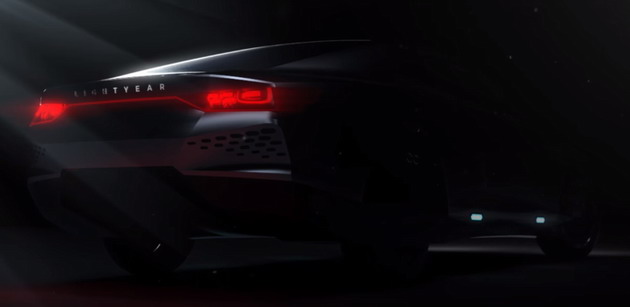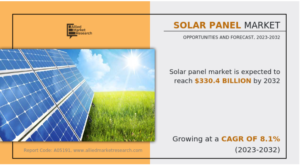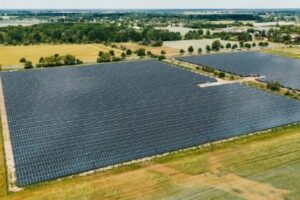Solar Powered Cars 2019 – 2020

Solar powered cars are ready to become family cars at the beginning of the year 2019.
Mankind has been trying for several decades to build an electric car (zero emissions vehicle) that is powered in real time only by solar energy.
Such a vehicle will require only the presence of the sunlight to work, and a battery system to store the clean electricity generated by the solar cells covering the surface of the vehicle.
Solar Powered Vehicles Definition
A solar powered vehicle is a green vehicle that uses only the energy produced by the solar cells installed on its surface.
Such a vehicle will also rely on a battery system that can be charged in rainy days or during the winter (when the sunlight is reduced), and will also use the same battery system to store the clean electricity produced by its solar cells.
Due to the fact that the prices of the fossil fuels (diesel and gasoline) are rising, the interest towards energy efficient vehicles is also growing.
Electric vehicles are slowly replacing the vehicles with internal combustion engines mostly because we want to reduce the level of air pollution created by the large number of cars on the planet.
Solar vehicles can also use conventional electricity
At the same time, an electric vehicle could also use electricity generated by a power plant that burns fossil fuels, which again is polluting the atmosphere.
The only solution in this case is to use an electric vehicle that generates its own electricity (clean energy produced by the solar cells covering the surface of the car), and a battery system to store that energy.
The battery system is also very useful during the cloudy days when we can charge the battery system without using the solar cells, which will increase the autonomy and the practicality of the vehicle.
A solar powered vehicle would become this way not only an eco-friendly and a cost-effective one, but also a reliable car that can successfully compete (in terms of performance) with the standard vehicles of today.
Recent History of the Solar Powered Cars
Stella Solar Powered Car
In 2013, a four-seater solar powered car named Stella that was built by the solar team Eindhoven won the cruiser class race at the 2013 World Solar Challenge.
The car completed the 1,800 miles (2,880 km) race through Australia carrying an average of three people throughout the journey.
The average speed of the vehicle during the race was a little over 40 mph (64 km/h), and the top speed reached was about 75 mph (120 km/h).
Stella used solar cells installed on both the roof and rear of the vehicle, who had the ability to be flipped upwards to face the Sun.
The solar cells were used to recharge the car’s batteries.
The 2015 American Solar Challenge
In 2015, several national and international schools competed in the race called the American Solar Challenge.
The solar race had two different classes and a variety of styles and techniques were used to build the vehicles.
The 1,700 mile race (2,720 km) was stretched over four states (Nebraska, Wyoming, Idaho and Oregon), and in Oregon, all solar vehicles loosely followed the Oregon Trail.
The aim of the challenge was to prove that the solar powered vehicles are a form of transportation that we could use today on a large scale.
Solar R in Shenzhen, China
In 2016, Solar R, a solar powered car was built in Shenzhen, China.
The vehicle was covered with flexible thin-film solar cells (an area of 6 square meters on the car’s surface).
The gallium arsenide PV cells can convert up to 31.6% of sunlight into electricity.
After six-hours of solar charge the car was able to provide a range of 50 miles (80 km) of free driving.
The car has the ability to charge its battery while being driven, and was fitted with a pack of lithium-ion batteries as a secondary source of power when the sunlight is not available.
Sion car – the solar powered car
This is another solar powered vehicle that looks more like a city car, but is covered by solar cells on the hood, side doors and roof.
The car can be charged by its own solar cells (330 solar PV cells with a capacity of 1,204 watts, and an efficiency of 24%), using conventional power outlets or from another Sion vehicle.
Using the solar cells installed on the vehicle, the car is able to charge its battery during driving.
The German start-up that built the Sion solar vehicle says that the car has a range of 156 miles (250 km), which can be extended by 30 km/day using the solar energy produced by the PV cells.
The Sion solar powered car will go on sale in the second half of 2019.
The company already received around 5,000 orders and the price of the vehicle is about €16,000 euros, and the battery pack can be purchased for an extra €4,000 euros.
Lightyear One – the Dutch solar powered car
The Dutch startup company Lightyear is a new car builder on the market that offers the solar powered car called Lightyear One.
The Dutch company aims to make Lightyear One an energy independent vehicle, which means that this green car will mostly rely on the solar energy gathered by the solar cells installed on its surface.
However, to ensure the fact that the car is available in any weather conditions, and even during the winter, the vehicle also uses a powerful battery pack, which can ensure a range up to 500 miles (800 km) without using the sunlight.
A Lightyear One vehicle can be charged in four different ways:
- using the sunlight;
- using a standard power socket (at home or at the job);
- using a standard EV charging point;
- using an EV fast charger.
To fully charge the battery pack (which ensures a range of 800 km) using a standard power socket (3.7 kW) we need to wait about 20 hours.
If we use a standard EV charging point (10 kW), we need to wait about 8 hours.
The waiting time is reduced to only 1 hour if we use an EV fast charger (75 kW).
Lightyear One can comfortably accommodate a number of five people, which means that we have a family car here.
The price of Lightyear One solar powered car is €119,000 euros ($135,000), and the delivery will start in 2020.
The company announced that they plan to travel the distance of one light-year (9.5 trillion km) using only the power of nature (the sunlight).
Final Conclusion
Giving the fact that mankind is trying today to reduce the level of air pollution produced by vehicles on the planet, it is more than obvious that we will see in the near future a massive shift towards renewable energy and green vehicles (all-electric cars, hydrogen-based vehicles, solar powered vehicles, etc.)
The fact that we need to wait only by 2019 (Sion) or 2020 (Lightyear One), it shows that the electric vehicles powered by the Sun will soon be here to bring us a car that is almost energy independent and 100% clean.







